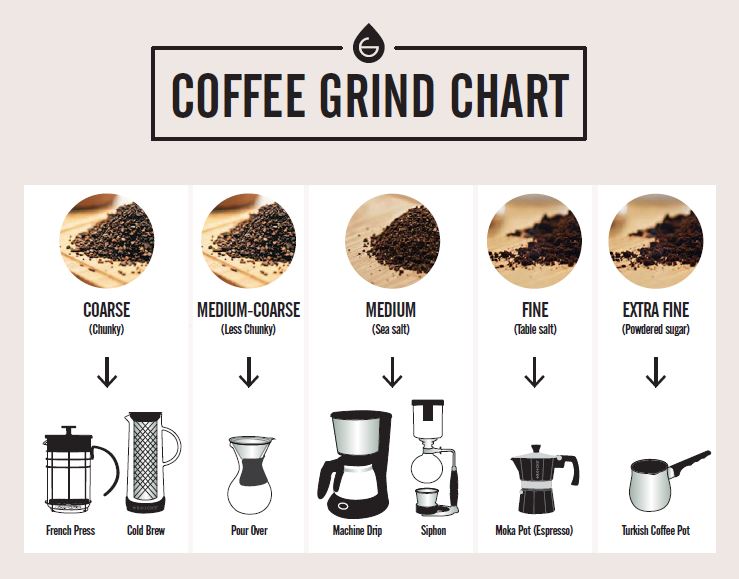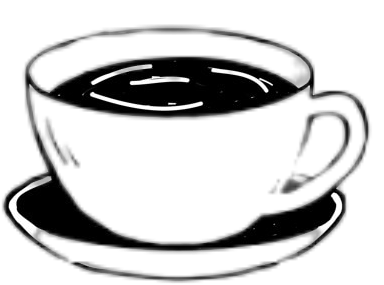Starting my journey into brewing espresso at home was thrilling. I had invested in a high-quality espresso machine, eager to recreate the café experience. However, my early attempts yielded inconsistent results—some shots were too sour, others overly bitter, and only a few hit the mark. It didn’t take long to realize that grind size was a critical factor in determining the quality of my espresso. After much experimentation, I identified the ideal grind size for my setup. Here’s what I learned.
Espresso’s signature bold flavor depends on various factors: quality beans, a well-maintained machine, precise water temperature, optimal pressure, and most importantly, the right grind size. Too coarse or too fine, and the taste can veer into sourness or bitterness, spoiling the experience. Discover the innovative features in the DeLonghi Magnifica Evo review
So, how do you achieve the perfect grind size for your home espresso? Let me share my insights.
Why Grind Size is Key in Espresso Extraction
Grind size directly impacts the espresso extraction process. During extraction, water passes through the coffee grounds, pulling out the flavors, aromas, and textures that define a well-crafted espresso. Unlike drip coffee or French press, espresso calls for a particularly fine grind. Learn about the timeless design in the DeLonghi Magnifica S review
A coarse grind results in water flowing too quickly, causing under-extraction and a weak, sour shot. On the other hand, an overly fine grind slows water flow, leading to over-extraction, making the espresso bitter and overpowering. Explore our top picks in the Best Automatic Espresso Machine review
The goal is to balance grind size to ensure water flows evenly through the grounds, extracting rich flavors and producing that coveted crema.

My Go-To Grind Size for Home Espresso
Through trial and error, I’ve found that the best grind size for espresso is similar to fine beach sand. It should feel finer than table salt but not as powdery as flour. You can test this by rubbing the coffee between your fingers—it should have a slight texture without clumping excessively. Find the perfect machine to beat the heat in the Best Iced Coffee Maker review
To achieve this, a burr grinder is essential. Unlike blade grinders, which create uneven grind sizes, burr grinders provide consistency by crushing beans uniformly. This uniformity ensures an even extraction, which is critical for making great espresso.
Adjusting Grind Size for Your Machine
One important lesson I learned is that every espresso machine has unique characteristics. A grind size that works perfectly for one machine might not suit another. A good rule of thumb is to observe the shot time. If it brews in less than 20 seconds, the grind is too coarse. If it takes over 30 seconds, it’s too fine. Dive into the best options for making lattes in the Best Latte Maker review
For my setup, aiming for a shot time between 25 and 30 seconds delivers a balanced espresso with rich flavor and great body. Additionally, different beans may require slight grind adjustments. For instance, darker roasts often benefit from a finer grind, while lighter roasts may perform better with a coarser grind.
Consistency: The Key to Perfect Espresso
Consistency is the foundation of excellent espresso. Over time, I’ve identified a few essential practices to ensure uniform results:
- Fresh Beans: Always use beans roasted within the past two weeks for the best flavor and crema.
- Tamping Evenly: Apply about 30 pounds of pressure when tamping to ensure an even surface. Uneven tamping can lead to channeling, where water flows unevenly through the grounds.
- Measuring Grounds: Use a coffee scale to weigh your grounds. For a double shot, I typically use 18-20 grams of coffee, ensuring consistent results.
Experimenting with Grind Size for Unique Flavors
While a fine grind is standard for espresso, there’s room for customization based on your taste. A slightly coarser grind can highlight brighter, more acidic notes, ideal for lighter roasts. A finer grind can extract richer, deeper flavors, perfect for darker roasts.
For lighter roasts, I use a coarser grind to emphasize fruity and floral notes. For darker roasts, a finer grind enhances bold, chocolatey flavors. Experimenting with grind size can help you discover your perfect shot.
Common Mistakes to Avoid
Throughout my espresso journey, I’ve made several mistakes that taught me valuable lessons. Here are some pitfalls to steer clear of:
- Grinding Too Early: Coffee grounds lose their freshness quickly, so grind only the amount you need for each shot.
- Neglecting Grinder Maintenance: Regularly clean your burr grinder to prevent coffee oils and residue from affecting the flavor.
- Overlooking Roast Dates: Always check the roast date. Beans within 1-2 weeks of roasting deliver the best results.
Troubleshooting Grind Issues
If your espresso isn’t turning out as expected, grind size may be the culprit. Here are some common problems and solutions:
- Sour, Weak Espresso: If your espresso tastes sour, the grind is likely too coarse. Try a finer grind.
- Bitter, Overpowering Espresso: A bitter taste indicates over-extraction caused by a grind that’s too fine. Adjust to a coarser grind.
- Irregular Flow: If the espresso flows too quickly, the grind is too coarse. If it drips too slowly, the grind is too fine. Aim for a smooth, steady flow.

Conclusion: Refining Your Craft
Mastering the grind size for espresso is a process of patience and persistence. My journey involved countless attempts and adjustments before I consistently brewed great shots. Each misstep was a valuable lesson that brought me closer to the perfect cup.
Now, I can confidently brew espresso at home that rivals my favorite café’s offerings. The satisfaction of crafting a perfect shot yourself is unmatched. If you’re just starting, embrace the process—experiment with beans, adjust the grind, and learn from each attempt. Once you find your ideal grind size, you’ll enjoy rich, balanced espresso every time.
FAQs About Espresso Grind Size
Q: What’s the best grinder for home espresso?
A burr grinder is the top choice for home espresso. It ensures a consistent grind size, crucial for even extraction. Blade grinders produce uneven results, leading to inconsistent shots.
Q: How can I tell if my grind size is too coarse or too fine?
A shot brewing in under 20 seconds indicates a grind that’s too coarse. If it takes more than 30 seconds, the grind is likely too fine. Aim for 25-30 seconds for a balanced shot.
Q: Can I use pre-ground coffee for espresso?
While possible, pre-ground coffee isn’t ideal. It loses freshness quickly, and the grind size might not suit your machine. For the best results, grind fresh before brewing.
Q: What texture should espresso grounds have?
The grind should resemble fine beach sand—slightly gritty but not powdery like flour.
Q: How often should I clean my grinder?
Clean your grinder every 1-2 weeks to maintain consistent results and preserve flavor quality.
